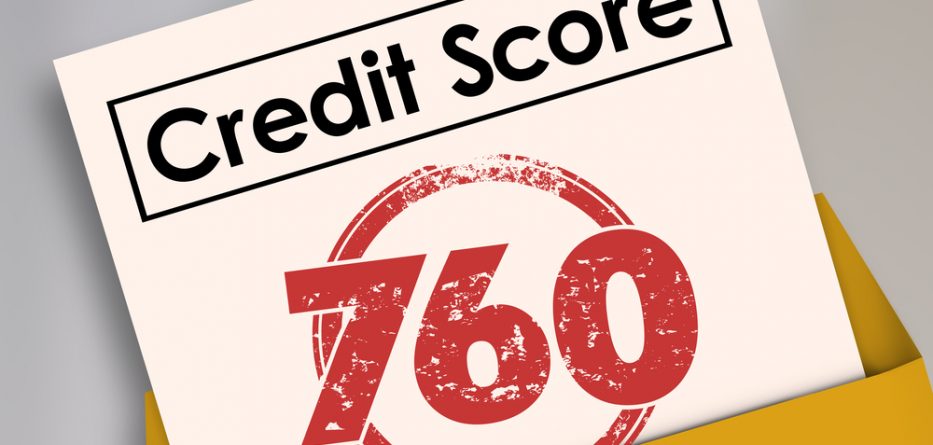There are lots of different types of credit scores, but most people tend to think about the scores from companies like Experian and EquiFax when they go to apply for a loan. Unfortunately, there is a lot false information about how these scores are calculated, leading many people to make wrong and costly financial decisions.
The truth is that the exact formulas used by these companies to determine credit score are trade secrets. That means that they aren’t available to the public. Several financial experts and people in the credit industry, however, have analyzed the scores of millions of people and combined this information with general statements made by the credit reporting companies to come up with some general rules about how your credit score is calculated.
To start, your credit score consists of four parts; the length of your credit history, your payment history, your debt owed to credit extended ratio, and other information. Exactly how much each of these parts contributes to your score can vary between companies, but they are rarely equally counted.
The length of your credit history is fairly self-explanatory. People who have been getting and paying off loans and credit cards for a longer time have higher scores than those who are fairly new to the world of credit. It’s important to note, however, that your credit history starts as soon as you open a line of credit or make revolving payments. Setting up utilities can start a credit history just as easily as getting a credit card.
Your payment history is probably a significant part of your score. This is a measure of how often you pay your bills on time and in full. When you miss a payment or make a partial payment, your credit score is lowered.
The credit extended to credit used ratio is one of the hardest parts of a score to understand. Essentially, this part of the formula looks at how much of the credit extended to you by lenders you are actually using. People who use a small amount of their available credit tend to have a higher credit score than those who are using all or almost all of what they have been offered. For example, if two people are given a credit card with a limit of $10,000, the person who only has a balance of $2000 will have a higher score than the person who has a balance of $9000.
Featured Image Source: DepositPhotos © iqoncept




